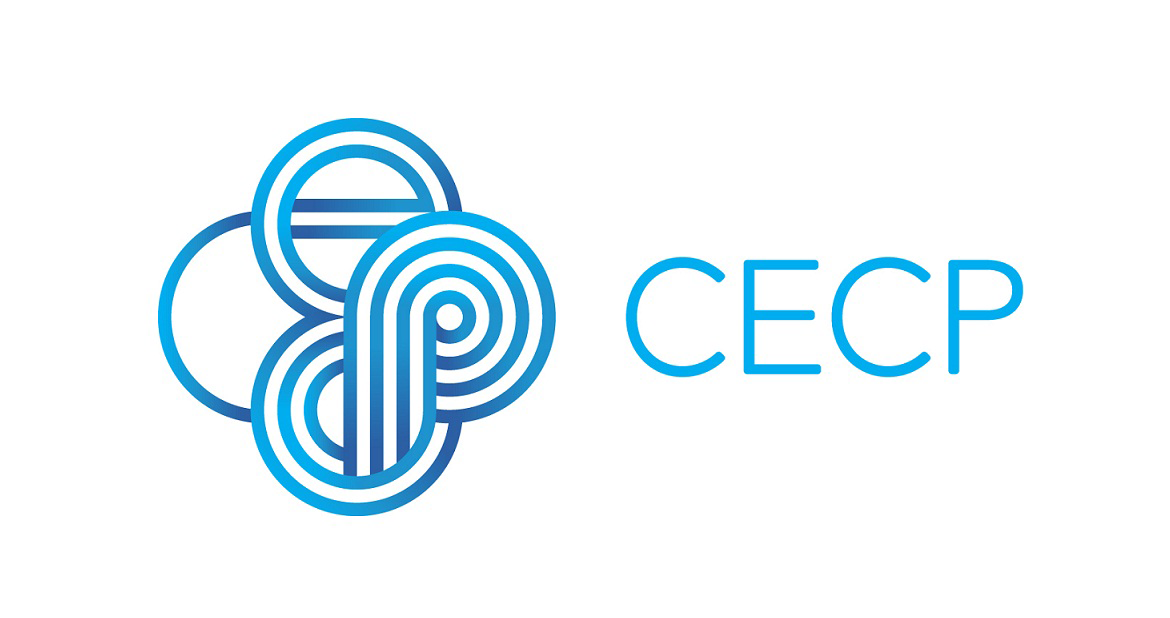Annual Corporate “Impact Investing” Market Estimated at $2.4 Billion; One-Third of Large Companies Actively Investing
Inaugural study outlines six approaches for large companies to enhance their investments and corporate societal engagement initiatives; offers a road map for companies to get their start
NEW YORK, November 15, 2016 /3BL Media/ — A new study released by CECP and supported by Prudential Financial, Inc. found that large corporations invest approximately US$2.4 billion each year in initiatives and ventures designed to achieve financial returns as well as a positive economic, social, or environmental impact – commonly referred to as “impact investing.” The groundbreaking pilot study, Investing with Purpose, is the first time that the corporate role in impact investing has been analyzed in depth.
The study found that one-third of companies globally report being “somewhat” or “highly” active in impact investing. Median total giving for companies active with impact investing was more than those not active in impact investing by a substantial margin of $25.7 million to $15.0 million. The Financial services industry is one of the most deeply involved given their core business; but active engagement is widespread across sectors of the economy with notable corporate impact investors from manufacturing, consumer essentials and technology.
The report outlines six approaches – along with case studies – companies are taking in impact investing:
- Direct Investments – when a company provides funds from its own balance sheet for a social enterprise, such as the acquisition of Plum Organics by the Campbell Soup Company.
- Self-Managed Funds – when a company creates a captive fund or investment company, such as Cisco Ventures’ investment in Husk Power Systems; a company that turns rice husks into energy.
- Third-Party Funds – when a company makes investments through a syndicate or a fund as a limited partner, such as 3M’s $5 million loan to the Closed Loop Fund, a consortium that aims to improve recycling in municipalities.
- Strategic Alliances – when two companies join together for strategic non-financial partnerships and/or joint ventures with social enterprises. One example includes Vodafone and Roshan, Afghanistan’s largest telecommunications provider, an alliance that involved a profit share model to use the mobile payment platform M-Paisa.
- Accelerators and Incubators – when a company provides support – such as mentorship, office space, technical support or access to funding networks - for a specific project, a new venture. Examples of this include AT&T’s six-month education technology business accelerator Aspire.
- Corporate Foundations – when the charitable foundation of a company provides working capital through loans, loan guarantees, or equity investments – often called program related investments – to an organization. An example of this includes a recent $5 million Program Related Investment from The Prudential Foundation to the Opportunity Finance Network in order to support grassroots innovation in consumer finance among community loan funds, credit unions, and banks.
While the study notes that impact investing is an exception rather than the norm, CECP expects the practice to expand along with the broader, global market for impact investing. In a separate study by JPMorganChase and conducted by GIIN, the entire impact investing field is projected to grow to US$2 Trillion by 2025 from the current US$60 billion.
“We are at the start of seeing something that has the power to change the world.” said Daryl Brewster, CEO, CECP. “Impact investing is the cutting-edge tool for companies looking to achieve financial, environmental, and societal goals - all at the same time. We expect more leaders in corporations to leverage their companies’ resources and competitive advantages through impact investing. Ultimately, this will make a positive impact in the marketplace and in people’s lives.”
The report also offers guidance to leaders in companies looking to engage in impact investing. This includes incorporating it into a company’s annual strategic planning process, partnering with umbrella organizations in the social enterprise field, collaborating with competitors on common problems and working with external investors.
Prudential has been committed to generating both economic and social value since its founding more than 140 years ago. Since 1976, the company has invested more than $2 billion in companies and projects that create lasting social impact. By 2020, Prudential will double the size of its Impact Investments portfolio to $1 billion.
“Across the globe, companies are recognizing they can do more with their financial capital than just generate returns,” said Lata Reddy, Vice President, Corporate Social Responsibility, Prudential Financial, Inc and President, The Prudential Foundation. “Through impact investing, companies can address societal challenges and tap into innovations that will increase a company’s access to new markets, talent pools and distribution channels.”
Looking forward, CECP will expand on this pilot study to fold it into its ongoing study of environmental, social, and governance (ESG) practices, with a focus on the “S”.
ABOUT CECP: THE CEO FORCE FOR GOOD
CECP is a coalition of CEOs united in the belief that societal improvement is an essential measure of business performance. Founded in 1999 by Paul Newman and other business leaders, CECP has grown to a movement of 150 CEOs of the world’s largest companies across all industries. Revenues of engaged companies sum to $7 trillion annually. A nonprofit organization, CECP offers participating companies one-on-one consultation, networking events, exclusive data, media support and case studies on corporate engagement. For more information, visit http://cecp.co.
ABOUT PRUDENTIAL FINANCIAL, INC.
Prudential Financial, Inc. (NYSE:PRU), a financial services leader, has operations in the United States, Asia, Europe and Latin America. Prudential’s diverse and talented employees are committed to helping individual and institutional customers grow and protect their wealth through a variety of products and services, including life insurance, annuities, retirement-related services, mutual funds and investment management. In the U.S., Prudential’s iconic Rock symbol has stood for strength, stability, expertise and innovation for more than a century. For more information, please visit www.news.prudential.com.

